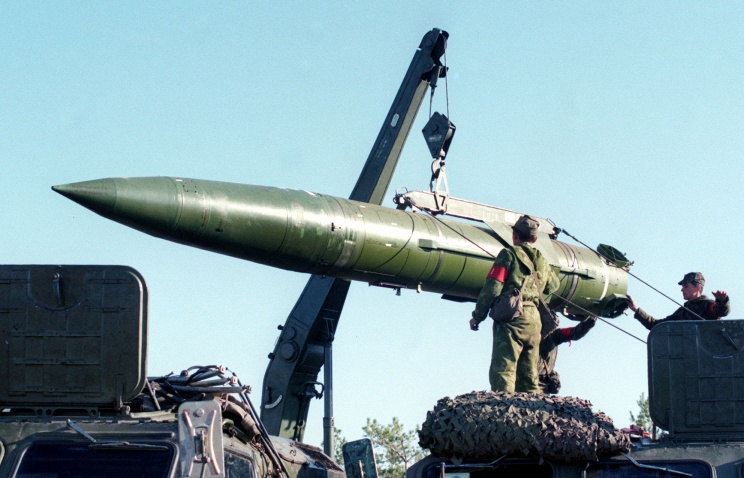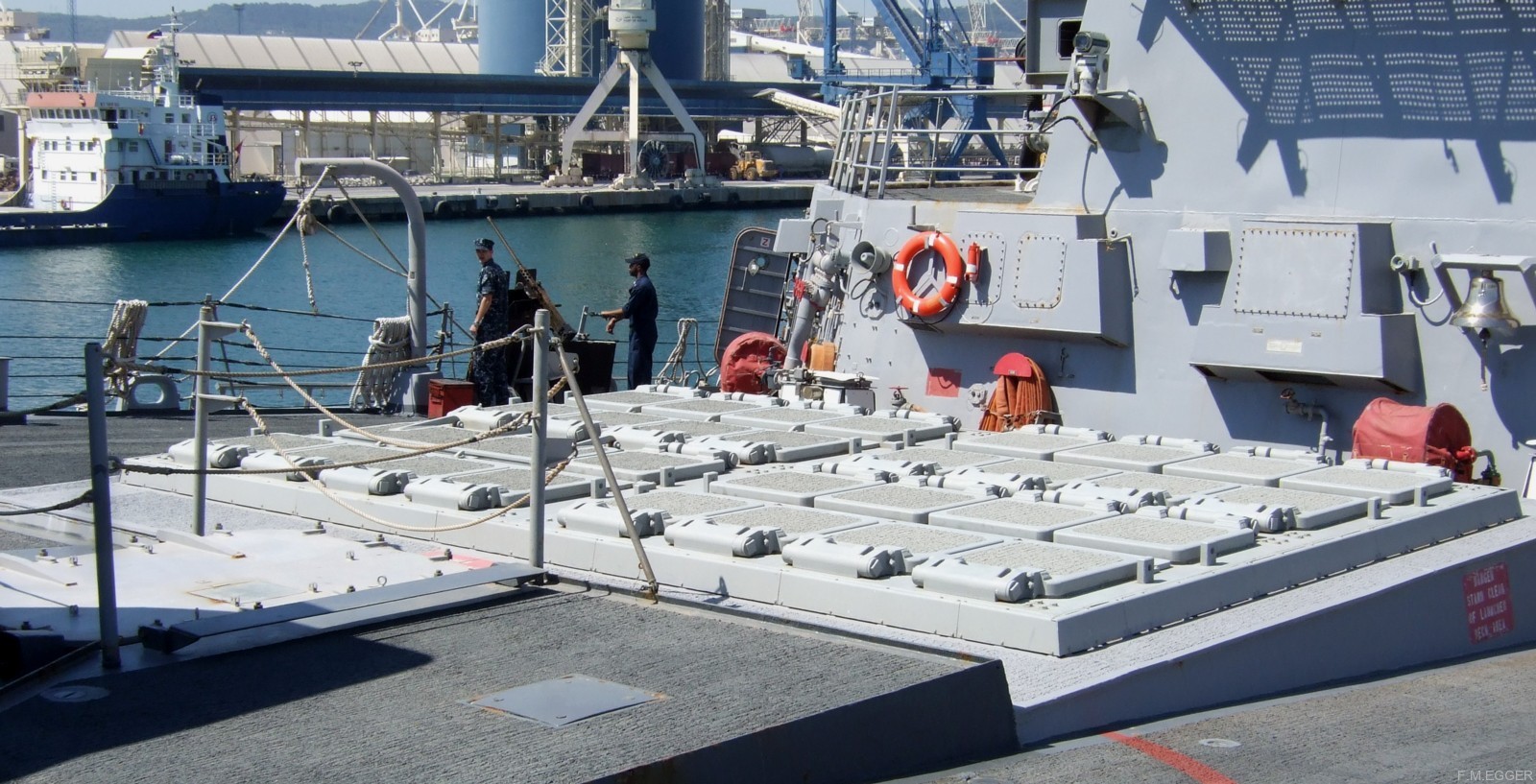Under the INF treaty, Russia and the US are not allowed to operate ground launched missiles with ranges between 500 and 5,500km. It's believed Russia violated this treaty with a ground launched cruise missile operating within this range.
Was it the 2008 missile launch by Russian Federation ?
The Obama administration is getting impatient with Russia - Business Insider
The administration is considering
three options for responding militarily to Russian missile treaty violations:
defenses to stop a treaty-violating missile, the "counterforce" option to attack a missile preemptively and the "countervailing strike capabilities" option that implies the potential use of nuclear forces.
One of Carter's nuclear policy aides, Robert Scher, testified in April that
"counterforce" means "we could go about and actually attack that missile where it is in Russia." Another Pentagon official, Brian McKeon, testified
in December that this option involved potential deployment in Europe of ground-launched cruise missiles.
Scher said another option would involve
"not simply attacking" the Russian missile but seeing "what things we can hold at risk within Russia itself." Hans Kristensen, a nuclear weapons expert at the Federation of American Scientists, said
this could mean further improving the ability of U.S. nuclear or conventional forces to destroy Russian military targets in addition to missiles deemed to violate the INF treaty.
Kristensen said the public discussion of these options amounts to
"one hell of a gamble" that Putin will back down on INF.
The State Department said
last July that Russia had tested a missile in violation of the treaty, which bans indefinitely the possession, production and flight-testing of missiles — both nuclear and conventional — with ranges between 500 and 5,500 kilometers (310 and 3,410 miles)..
The administration has not said whether it believes the Russian missile is nuclear or conventional. But Carter said, in responses for his confirmation hearing,
"Russia's INF treaty violation is consistent with its strategy of relying on nuclear weapons to offset U.S. and NATO conventional superiority."
Much about the subject is classified, including a Pentagon assessment of the threat posed by Russian violations.
The Associated Press was given an unclassified portion of a report written by the office of Gen. Martin Dempsey, chairman of the Joint Chiefs of Staff, that examines weapons the U.S. could develop and deploy if freed from INF treaty constraints.
It identified four such weapons that "could assist in closing ... a capability gap."
Among the four are
ground-launched cruise missiles deployed in Europe or Asia, and
ground-launched intermediate-range ballistic missiles equipped with technology that adjusts the trajectory of a warhead after it re-enters Earth's atmosphere and heads for its target.
The prospect of returning U.S. medium-range missiles to Europe recalls some of the darker days of the Cold War when Washington's NATO allies hosted
U.S. ground-launched cruise missiles and Pershing 2 ballistic missiles, countering Soviet SS-20 missiles. The U.S.-NATO response prompted a Europe-wide protest movement, followed by U.S.-Soviet negotiations leading to the INF treaty, the first to ban an entire class of missile.









 .
.
